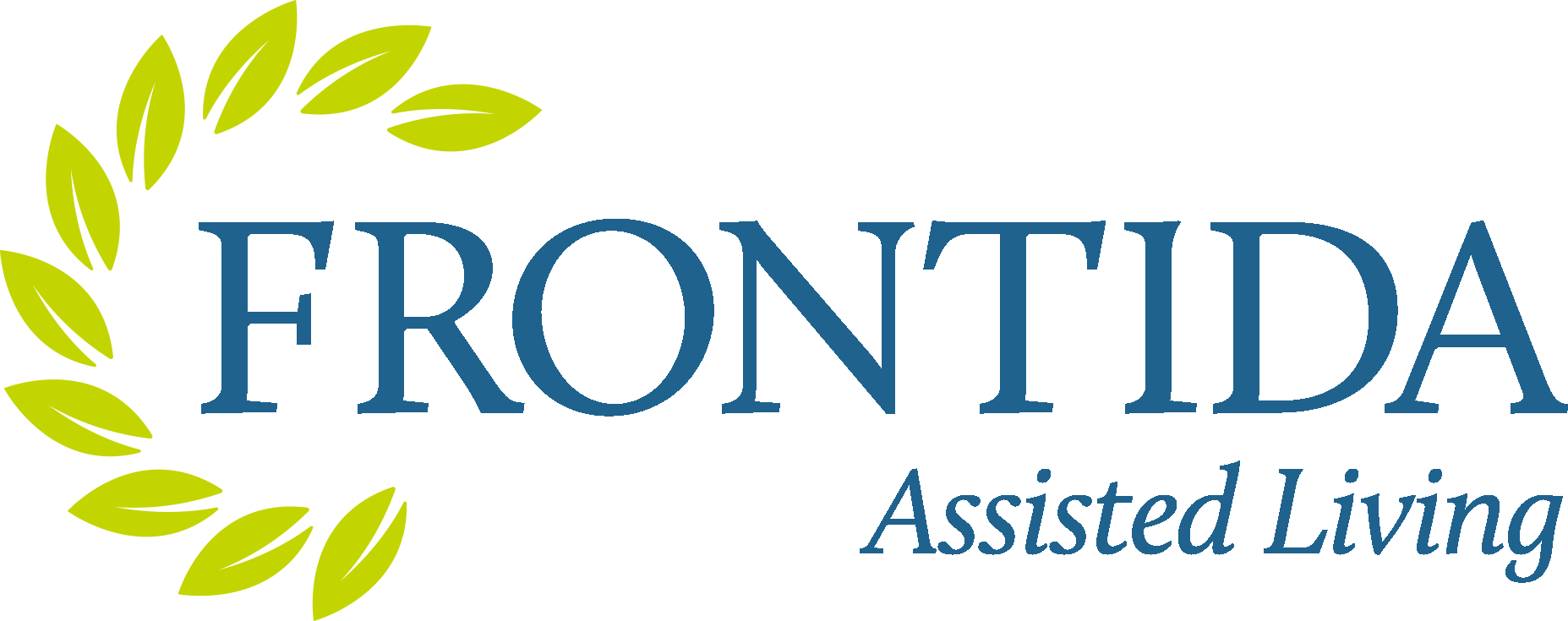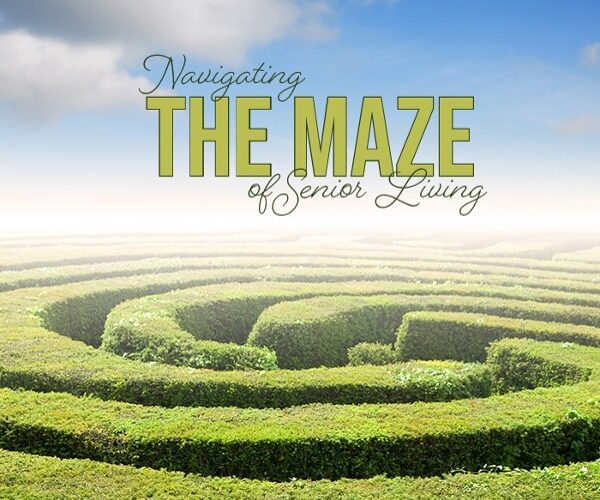You know how it goes. Every organization has a special jargon. A “speak-ese.” Their words have unique connotations, and, because everyone there uses those words, they understand the meaning, and jobs get done.
Assisted living is no different.
As an organization that is carefully regulated, Assisted Living has a lingo that keeps everyone on the same page.
But walking in from the outside? You don’t want to feel lost in translation. You just want to know Mom’s getting good care at her assisted living or memory care facility.
So let’s decode some of those assisted living phrases that you’re likely to encounter. You’ll soon see there’s really no secret handshake.
First, how about all those names for Assisted Living options?
Residential Care Apartment Complexes vs
Community-Based Residential Facilities
Yes, it’s a mouthful.
These two labels are often “simply” abbreviated RCAC and CBRF, and, for a more detailed breakdown in differences, you can check out our post on understanding what all those letters really mean.
In a nutshell?
For Wisconsin, the Residential Care Apartment Complex (RCAC) is just what it says. A building of apartments. Seniors have their own kitchen, living area, bedroom, and bath, with their own keys to lock and unlock their homes.
But they have extra care nearby.
The Apartment Complex has staff on hand to help with little things here and there, including the option to eat in the group dining hall if seniors don’t want to make all their own meals.
Compare that to the Community-Based Residential Facility (CBRF), an option for people who need a little more help. Rather than having a whole apartment, they generally have a bedroom, they might share a bathroom, and they enjoy all their meals together with the other residents.
These CBRFs come in tall, grande, and vente (i.e., small (5-8 beds), medium (9-20 beds), and large (21 or more). So depending on the size, the assisted living facility could feel like a large home with several bedrooms and one giant living room.
But CBRFs don’t just differ in size; they also have different areas of expertise. Which brings us to our next assisted living terms.
Client Groups and Specialty Programs: Two Sides of the Same Coin
Once you decide Mom’s ready for a Community Based Residential Facility, you’ll want to take some tours of these assisted living communities to see what’s a good fit.
And one of the first things you should ask? Who are their Client Groups?
That’s a fancy way of saying, what type of special needs (or Specialty Programs) or memory care do the people living there have.
- Do they have memory loss? Dementia? Alzheimer’s?
- Do they have mental illness? Emotional disabilities?
- Are they physically disabled?
- Are they developmentally disabled?
- Have they had a traumatic brain injury?
- Are they frail? Likely to fall?
You want the assisted living or memory care staff to skillfully handle your mother’s needs, but they also have to take care of everyone else in the building. How do they do that?
People with similar disabilities live there.
And when they describe that? They use two different phrases to talk about two sides of the same thing.
- The Client Group is the people being helped.
- The Specialty Program is the disability they need help with.
In fact, each CBRF must be licensed to take care of their residents’ particular conditions, proving the facility has the right staff and the right building accommodations to do the job.
Can they be licensed in more than one? Yep. But they have to show that the programs are compatible. In other words, that the programs work well together.
Why? Because they want a safe place for your mom.
Residence vs Respite: Your Home Away from Home
It can be hard to know how good a place is just by taking a tour of the assisted living facility. And Mom may not be ready to move into assisted living permanently.
That’s where the difference between these next two terms becomes important.
A Resident “signs on the dotted line,” intending to stay a while.
But with Respite Care, Mom can temporarily live in a facility for up to 28 days, getting care, treatment, and services.
That means:
- Mom can take the place for a test-drive, AND
- If you need to get away for a rest to Overcome Caregiver Burnout, Mom can still be expertly cared for.
With respite care, it’s a win-win—with no strings attached.
Activities of Daily Living (ADLs) vs Bingo
No matter how extensive your mother’s condition is, she needs an assisted living or memory care environment that stimulates her.
Sitting in front of a TV all day probably won’t do that.
So wherever she’s living, you’ll want to make sure there are in-house activities and outings for seniors that fit her style and interests: knitting, gardening, music, exercise, and, yes, if she likes it, bingo.
By law, the assisted living facility needs to display a calendar of those events for her to see. And if there’s something that she likes to do that’s not up there, ask them if it’s possible.
But Activities of Daily Living, usually abbreviated ADLs, have nothing to do with bingo.
So what are they?
Those activities that you do daily to live: eat, bathe, dress, use the toilet, brush your teeth, and move from bed to chair, or at least turn over.
Assisted living facilities will want to know how many of those your mom can do on her own, at least partially. That will determine how much help she needs at the assisted living facility.
Not sure how to answer? Just give them as much info as you can, and they’ll help you figure out the rest by observing her themselves in a pre-assessment.
Ambulatory: Full, Semi, and Non
As you probably guessed from its root-cousin “ambulance,” Ambulatory means to be able to move from one place to another.
And more specifically, to “walk without any difficulty or help.”
Non-ambulatory?
Obviously, it means the opposite. Not able to walk. However, if your mom is non-ambulatory, she may be able to get around the assisted living or memory care facility with a wheelchair or some other device.
So what about Semi-ambulatory?
It’s in-between. Maybe Mom can walk with difficulty. Or she needs a cane, crutches, or a walker.
Just like with ADLs, assisted living facilities need to know how well your mom walks on her own, which would be especially important if their building is not wheelchair accessible. In fact, as part of their licensing, these assisted living facilities are actually classified by how ambulatory their residents have to be.
Why? Fire alarms and other evacuation needs. No one wants a catastrophe.
Personal vs Nursing Care
Now that you know what ADLs are, this lingo distinction will be a breeze.
- Personal Care means help with Activities of Daily Living.
- Nursing Care? That’s medical procedures: medicines, injections, blood pressure checks, all those things you might see a nurse do in the doctor’s office…
Different assisted living levels can provide different degrees of personal and nursing care. Need more information on that? Again, check out our post on Assisted Living options.
And if you’re still not sure, give Frontida Assisted Living a call. We can talk you through it.
Coming to Terms with the Jargon
Looking for the right assisted living facility can feel daunting, especially if you don’t understand what people are talking about.
But the terminology doesn’t have to make you stumble.
Are there other words or phrases you don’t understand with regards to assisted living? Contact us. We love helping.
(See, told you the handshakes weren’t secret.)
Need to talk with family about senior living options? Check out these other helpful posts on choosing an assisted living facility.

Elizabeth Daghfal is a writer, teacher, speaker, and community volunteer. When she isn't teaching or writing-- Who are we kidding? Her husband and five kids say she's ALWAYS teaching and writing. She has a passion to help people who are struggling and is happy to say her shoulders are drip-dry. Born and raised in the South, she now lives in Wisconsin and loves it--except for the fifteen months of winter. Read more about her at elizabethdaghfal.com.

